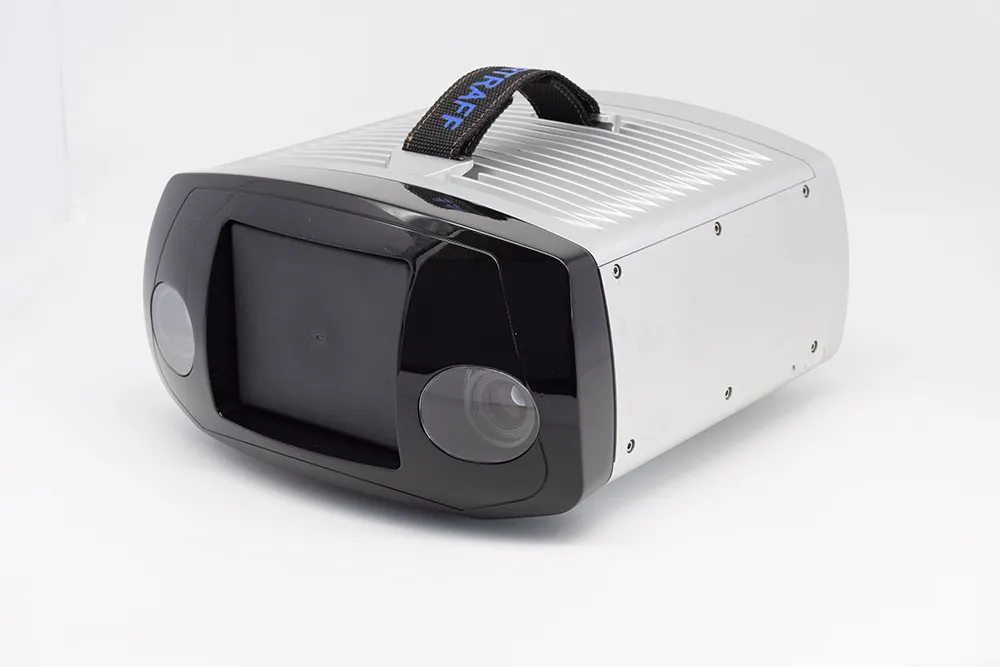German company Vitronic and its subsidiary Vitronic Baltica together with the Latvian company SIA Komerccentrs DATI Grupa have won a tender for 130 speed enforcement systems to be deployed throughout Latvia. 100 systems will be operated in 160 stationary housings, while 30 units will be used for mobile speed enforcement.
April 25, 2012
Read time: 2 mins
RSSGerman company 147 Vitronic and its subsidiary Vitronic Baltica together with the Latvian company SIA Komerccentrs DATI Grupa have won a tender for 130 speed enforcement systems to be deployed throughout Latvia. 100 systems will be operated in 160 stationary housings, while 30 units will be used for mobile speed enforcement.
“PoliScanspeed is the first laser-based speed enforcement system to be used in Latvia,” said Dr. Eng. Norbert Stein, general manager and sole shareholder of Vitronic, who pointed out that no in-road equipment is necessary. He added that the company’s experiences show that the system generates up to three times more cases than conventional systems.
According to Edmunds Zivtiòð, head of prevention department at Latvian State Police, “It is our goal to reduce the currently high numbers of road accidents caused by speeding. PoliScanspeed will be of great help reaching this goal.”
PoliScanspeed works with a LIDAR-based (Light Detection and Ranging) measurement principle. A scanning laser measures the speeds and position of every vehicle in the tracking zone. As a result, violations can be identified on multiple lanes, even when speeders tailgate or change lanes. The company claims that, unlike radar, laser-based measurement operates within road work zones or in bends without any difficulty. Even motorcyclists can be tracked and identified.
“PoliScanspeed is the first laser-based speed enforcement system to be used in Latvia,” said Dr. Eng. Norbert Stein, general manager and sole shareholder of Vitronic, who pointed out that no in-road equipment is necessary. He added that the company’s experiences show that the system generates up to three times more cases than conventional systems.
According to Edmunds Zivtiòð, head of prevention department at Latvian State Police, “It is our goal to reduce the currently high numbers of road accidents caused by speeding. PoliScanspeed will be of great help reaching this goal.”
PoliScanspeed works with a LIDAR-based (Light Detection and Ranging) measurement principle. A scanning laser measures the speeds and position of every vehicle in the tracking zone. As a result, violations can be identified on multiple lanes, even when speeders tailgate or change lanes. The company claims that, unlike radar, laser-based measurement operates within road work zones or in bends without any difficulty. Even motorcyclists can be tracked and identified.










